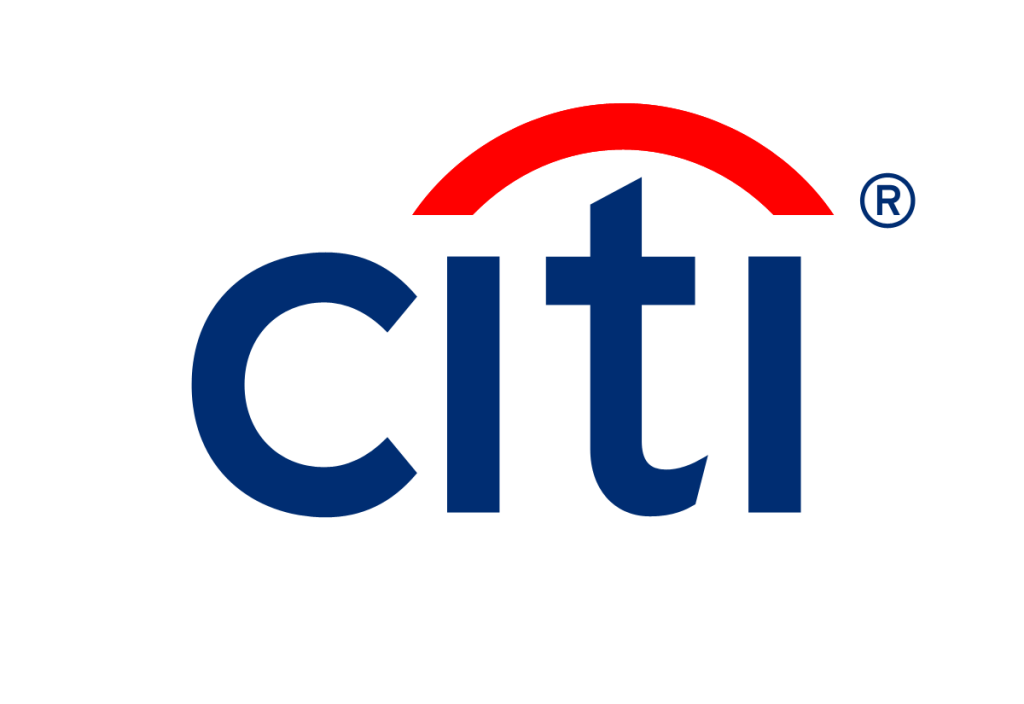
For many, the homeownership journey logically begins by trying to figure out how much house you can afford. But there’s an even better question you should ask yourself first. Instead, start by answering the question, “What do I need from my future home and why?”
It’s your answer to that question that really dictates why you’re buying a home.
Citi Producing Lending Manager Joe Giampetroni says he likes to start by asking his clients what their five-, 10- and 20-year plan is; and, chances are, a home can help them achieve those plans.
Homeownership can help you accomplish many of your short- and long-term goals. If kids are in your future, it can mean access to good schools, playgrounds, parks and other amenities. If you dream of a round-the-world excursion or a fully funded retirement, it can also help you build wealth.
According to Giampetroni, “A powerful way to create wealth is through homeownership. That’s not going to change for the foreseeable future.”
Once you have these goals established and you have chosen to tap into the promise of homeownership to potentially grow your wealth, you should then start to look at the costs that come with buying and owning property, along with how much you can afford to spend on a house.
How much house can you afford?
To help ensure your home purchase sets you up to build as much wealth as possible, it’s important to set a realistic budget and only purchase what you can comfortably afford — both now and down the line.
As Giampetroni puts it, “Take precautions and make sure you’re not overbuying.”
You’ll want a good handle on your monthly debts. According to Giampetroni, you’ll need to have a debt-to-income ratio of 43% to qualify for most purchase loans. Your debt-to-income ratio is calculated by taking all your monthly debt payments and dividing it by your gross monthly income.
“That includes your new mortgage payment, your taxes, your insurance and your homeowners association [HOA] fees,” he says. “You also need to include your student loans, car payments and other debts.”
This ratio is important because it’s one way that lenders predict your ability to manage your future monthly mortgage payments.
You also might want to consider crunching a few numbers using a home affordability calculator to help give you a sense of what you can afford as you shop for a new home. The tool is designed to point you toward the right price range given your income, down payment savings and more.
That’s not all, though. To make sure you’re really in a good place affordability-wise, you should also take into account other expenses — like gas, groceries and reoccurring monthly subscriptions. If you don’t follow a monthly budget and need help creating one to follow, an important first step is having a clear picture of your income and how you spend it.
Be sure to add in some buffer room for unexpected costs like possibly having to get a new car or unforeseen travel. Homeowners should also consider setting some money aside each month for home maintenance and repairs to ensure that you have funds ready to go in case you need to replace the roof after a hailstorm or need a new lawn mower. Once you know what your general future budget will be, you can start to get a better picture of what mortgage payment you might be able to afford.
Bear in mind, too, when you are about to close on a home, you’ll incur some one-time fees that you’ll need cash on hand for. These costs will cover your appraisal, inspection, title insurance, lenders fees and any state or county fees.
But here’s a potential plus: Giampetroni notes that homeownership may come with tax deductions you weren’t eligible for prior. Consult a tax professional to understand how such potential savings may affect your budget picture.
Looking at the bigger picture, now is a great time to buy a home thanks to historically low interest rates coupled with the prospect of creating wealth through homeownership, as Giampetroni says. But it’s important to apply this to your own unique situation.
Then, once you’ve gone through the above steps, you’re ready to work with a loan officer to narrow down what price range you can start shopping.
Seek a mortgage pre-approval to help validate your target home price.
For the most accurate price range and to understand what the true cost will be once you close, consider getting pre-approved for a mortgage before shopping for your house. A pre-approval helps give you and sellers the peace of mind that a lender “agrees” that you can afford a house, making you more competitive in your offers.
It also gives you a price breakdown, so you can see how much your monthly payment will be, including the additional costs, like homeowner’s insurance, mortgage insurance and taxes.
Giampetroni says pre-approvals give buyers an affirmation based on a thorough financial analysis.
“An actual underwriter will review your application, you’ll provide some financial documentation, and once it’s all verified, we’ll issue a commitment letter,” Giampetroni says of Citi’s process.
With your pre-approval in hand and a firm understanding of why you want to buy a home, you will be able to confidently buy knowing that you’re making an affordable decision that fits your unique needs.
Citi is here to guide you as you shop for a home and explore all the opportunities that homeownership brings. It’s one of the biggest decisions of your life, and we understand the care, time and energy it deserves. Want a true partner as you begin the process? Learn more about how Citi can help today.
Sponsored content presented by Citibank, N.A. NMLS #412915. Member FDIC and Equal Housing Lender.







